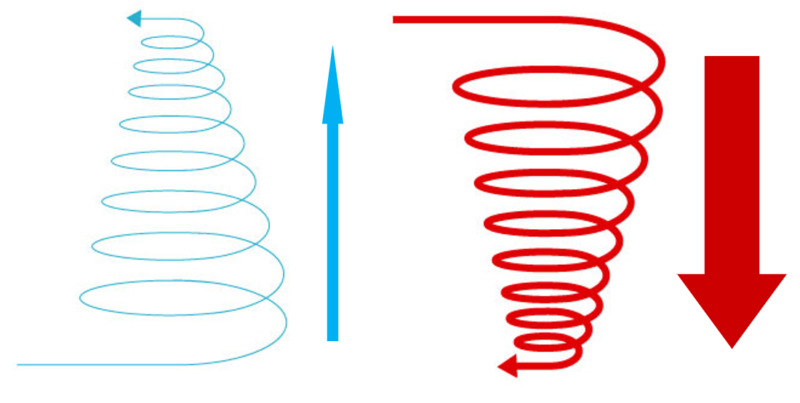Time was, when something or someone pissed you off, you’d come home and vent about it to an amenable member of your family. Or the cat. Half the time they’d help you to realise you were being over-sensitive, you didn’t know what you were talking about, and that you needed to grow-up and move on. The other half, the moment you heard yourself spouting the ill-formed, angry, frustrated words left your lips, you realised you didn’t need them to tell you. You worked it out for yourself. Either way, problem over.
Now, however, five seconds after the pissed-off event, everyone is on social media spouting those self-same ill-formed, angry, frustrated words. Only now to a couple of hundred anger-by-proxy seeking followers. Rinse and repeat a few hundred times, and there’s democracy dead and gone.
‘Russian bots’ might help reduce the number of iterations from 450 to 440 but they’re really just noise in the exponential dysfunction caused by the Social Media industry’s share-of-mind addiction. Bad news travels seven times faster than good (Microsoft Word – dec03 newsletter.doc (systematic-innovation.com), it is seven times more likely to be re-tweeted, and is at least seven times more likely to be Tweeted in the first place.

The root of the problem is trying to do in public what would normally happen in private. In private, being face to face with a logical, kind-of-rational family member (or cat) helps you count to ten, allows the anger-chemicals drowning out your common sense to drain away, and enables you to start to think kind-of-rationally again: maybe I was being a dick? Maybe I could’ve handled it better?
This is the way society used to function. The pause between stimulus and response. The pause that gave democracy a chance.
